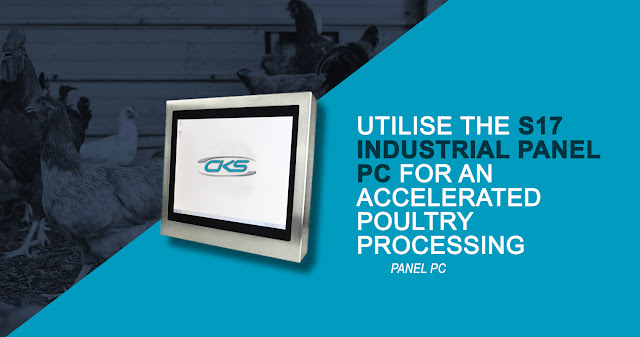Understanding Projected Capacitive Touchscreens for Industrial Uses
Industrial touch screens refer to displays used in different industrial settings. Modern industries have automated most of their operations, and that means using computers. The rise of touch screens has improved the use of industrial computers in different sectors. Traditionally, operators would rely on tools like keyboards and mouse to carry out certain functions. Now manufacturers integrate touch screens in industrial computers, consequently facilitating easier operations.
Industrial touch screens are rugged enough to work in tough settings. Resistive and projected capacitive touchscreen are the two most used types. A resistive touch display requires the user to press the screen to activate touch while a capacitive screen just needs a simple touch. Other kinds of screens used include SAW and Infrared.
Industrial vs. Consumer Touch Screens
Comprehending the difference between industrial and commercial touch screens is vital. The touch screens found on consumer-grade smartphones and tablets are not built to last in industrial settings. Industrial touch screens have to work in areas full of dust, dirt, liquids, too high or too low temperatures, and sometimes hazardous surroundings such as chemical plants. These touch screens are also robust and shock resistant to endure drops and vibrations during operations. Industrial touch screens are also designed to accommodate extra components that allow configuration of computers to meet specific functions.
IP Rating
Manufacturers give industrial touch screens ratings to indicate their level of ruggedness. The Ingress Protection rating, usually containing two numerals, shows the water tightness and dust resistance factor of a particular display. For dust protection, the rating ranges 0-6 while water tightness scales 0-8. It is crucial to check the IP rating of a particular display to ensure it meets the environmental standards of a certain setting.
Uses of Industrial Touch Screens
The touch screen technology has become useful for a lot of sectors. Some of the uses of industrial touch screens include; in aircraft, gaming machines, marine installations, amusement park arcades, interactive displays in shopping centres, ATMs, point-of-sale terminals, industrial process controls, military, and health care.
Sources:
The Use of Touch-screens in Industrial Applications, ecnmag.com
Why Use an Industrial Touch Screen?, it.toolbox.com
Industrial touch screens are rugged enough to work in tough settings. Resistive and projected capacitive touchscreen are the two most used types. A resistive touch display requires the user to press the screen to activate touch while a capacitive screen just needs a simple touch. Other kinds of screens used include SAW and Infrared.
Industrial vs. Consumer Touch Screens
Comprehending the difference between industrial and commercial touch screens is vital. The touch screens found on consumer-grade smartphones and tablets are not built to last in industrial settings. Industrial touch screens have to work in areas full of dust, dirt, liquids, too high or too low temperatures, and sometimes hazardous surroundings such as chemical plants. These touch screens are also robust and shock resistant to endure drops and vibrations during operations. Industrial touch screens are also designed to accommodate extra components that allow configuration of computers to meet specific functions.
IP Rating
Manufacturers give industrial touch screens ratings to indicate their level of ruggedness. The Ingress Protection rating, usually containing two numerals, shows the water tightness and dust resistance factor of a particular display. For dust protection, the rating ranges 0-6 while water tightness scales 0-8. It is crucial to check the IP rating of a particular display to ensure it meets the environmental standards of a certain setting.
Uses of Industrial Touch Screens
The touch screen technology has become useful for a lot of sectors. Some of the uses of industrial touch screens include; in aircraft, gaming machines, marine installations, amusement park arcades, interactive displays in shopping centres, ATMs, point-of-sale terminals, industrial process controls, military, and health care.
Sources:
The Use of Touch-screens in Industrial Applications, ecnmag.com
Why Use an Industrial Touch Screen?, it.toolbox.com

Comments
Post a Comment